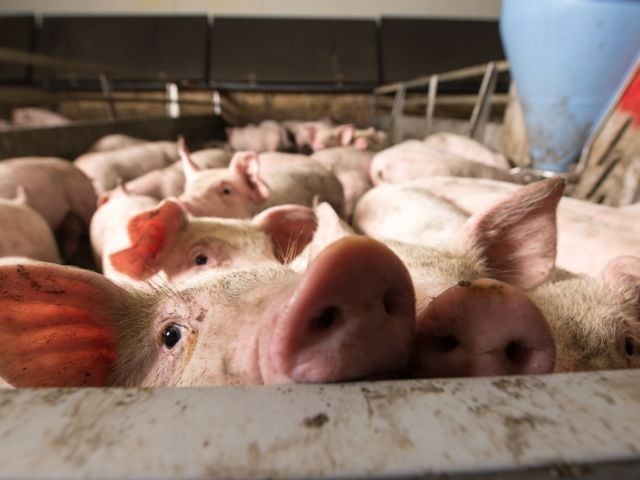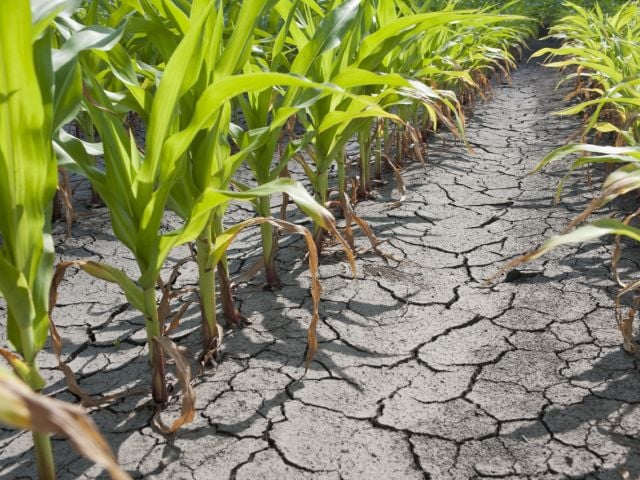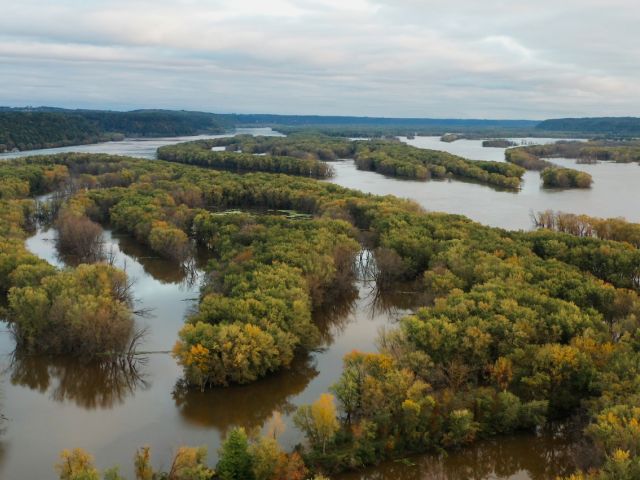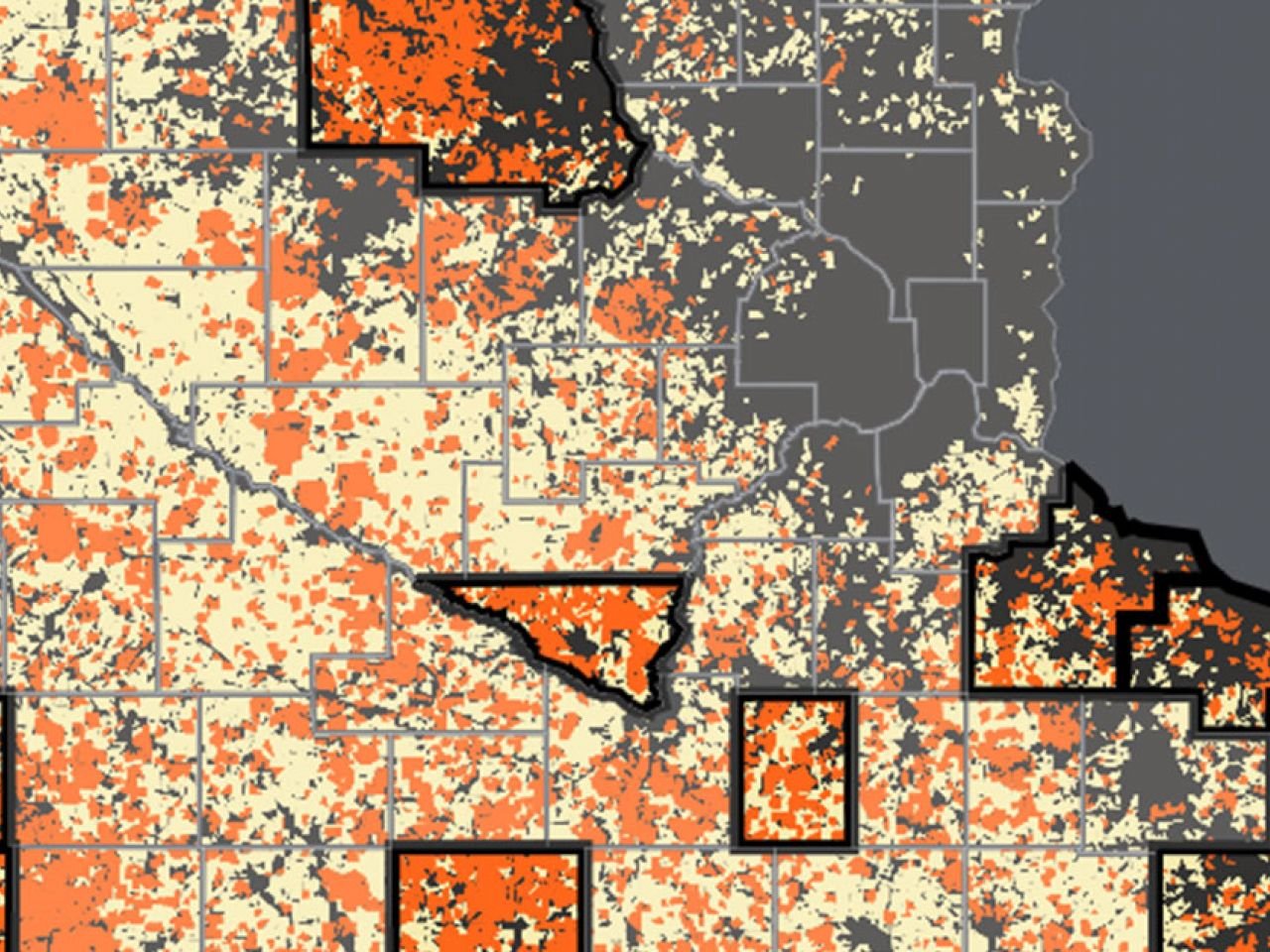EWG’s mission is to empower people to live healthier lives in a healthier environment. In the Midwest we pursue our mission by working to move agriculture in a more sustainable direction. Farmland dominates the landscape and watersheds in the Midwest. The way that land is used and managed has profound effects on our health through the water we drink and the food we eat.
Farming can actually make water cleaner and the environment healthier. Farms doing exactly that are scattered across the Midwest. We bring a unique combination of remote-sensing, big data and landscape analysis to bear to build pressure to change policy to heal the damage done by poor farming practices and to build excitement about how much healthier the environment could be through often simple changes in the way we farm.






